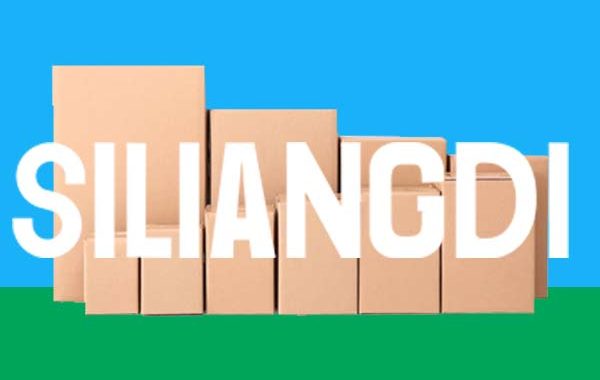For e-commerce businesses targeting the U.S. market, a shipping box is more than a container; it’s the primary defense system ensuring your product arrives intact. Choosing a box with insufficient weight capacity leads to high damage rates and customer complaints, while over-packaging directly eats into your profits. Understanding the science behind box strength—corrugated material—is key to making intelligent decisions.
The Core Concept: It’s Not Just Thickness, It’s Structure
A box’s strength is determined not primarily by board thickness but by its flute type and the strength of the linerboard. Corrugated board consists of a wavy, arched paper medium (the “fluting”) glued between flat linerboard sheets.
- Common Flute Types & Their Properties:
- B-Flute: Has a lower arch height and more flutes per foot. It offers excellent flat crush resistance and provides a superb surface for printing. Ideal for retail boxes and displays where top-load strength isn’t the highest priority.
- C-Flute: The most common flute for shipping boxes. Its arch height and density strike an optimal balance between stacking strength (edge crush) and cushioning. It’s a versatile all-rounder.
- BC/Double-Wall: Combines two layers of fluting (e.g., B and C flutes). This construction dramatically increases the box’s overall crush resistance and durability, making it suitable for heavy products, fragile items, or high-pallet stacking in warehouses.
Measuring Strength: ECT vs. BST – Which Should You Care About?
In the U.S., box strength is measured by two primary standards:
- Edge Crush Test (ECT): This measures the board’s ability to withstand pressure on its edge. ECT directly correlates to the box’s stacking strength. It is the modern, scientific standard. A 32 ECT box can handle much heavier stacking loads than a 23 ECT box.
- Bursting Strength Test (BST): This measures the board’s resistance to rupture or puncture on its face. It is more relevant for preventing sharp internal items from poking through.
Crucial Insight: A box with a high ECT (made with stronger, more durable recycled paper) can be lighter and thinner than a box with a low ECT but high BST (made with thicker, less strong paper), yet offer superior stacking strength. This is why judging a box by its thickness alone is a dangerous misconception.
Corrugated Box Selection Guide: Match Material to Product Weight
| Product Weight / Type | Recommended Flute Type | Recommended ECT | Use Case & Advantage |
|---|---|---|---|
| Lightweight Items (< 20 lbs) (Apparel, accessories, soft goods) | B-Flute or Single-Wall C-Flute | 23 ECT – 32 ECT | Cost-effective, provides ample protection, excellent for printing. |
| Medium-Weight Items (20 – 50 lbs) (Small appliances, books, pet food) | C-Flute or Reinforced C-Flute | 32 ECT – 44 ECT | The perfect balance of strength and cost, the “workhorse” of e-commerce. |
| Heavy-Duty Items (50 – 80 lbs) (Auto parts, gym equipment, liquids) | BC/Double-Wall | 44 ECT – 55 ECT+ | Provides exceptional stacking strength and puncture resistance for heavy products. |
| Extra-Heavy/High-Stacking (> 80 lbs) (Industrial parts, B2B bulk) | BC/AB Double-Wall or Triple-Wall | 55 ECT and above | Maximum protection designed for extreme weights and harsh supply chains. |
Conclusion: Choose Scientifically, Transform Packaging into an Advantage
Stop guessing and wasting. By understanding flute types and ECT values, you can transform your box procurement from a passive expense into an active supply chain strategy. Work with your packaging supplier to test and select the most precise box solution based on your product weight, stacking needs, and logistics environment. This not only drastically reduces shipping damage but also directly improves your profit margin by eliminating unnecessary material use.
Contact Us for Custom Sizes & Private Label Options
Email:packing@siliangdi.com
Email:SLD@siliangdi.com
